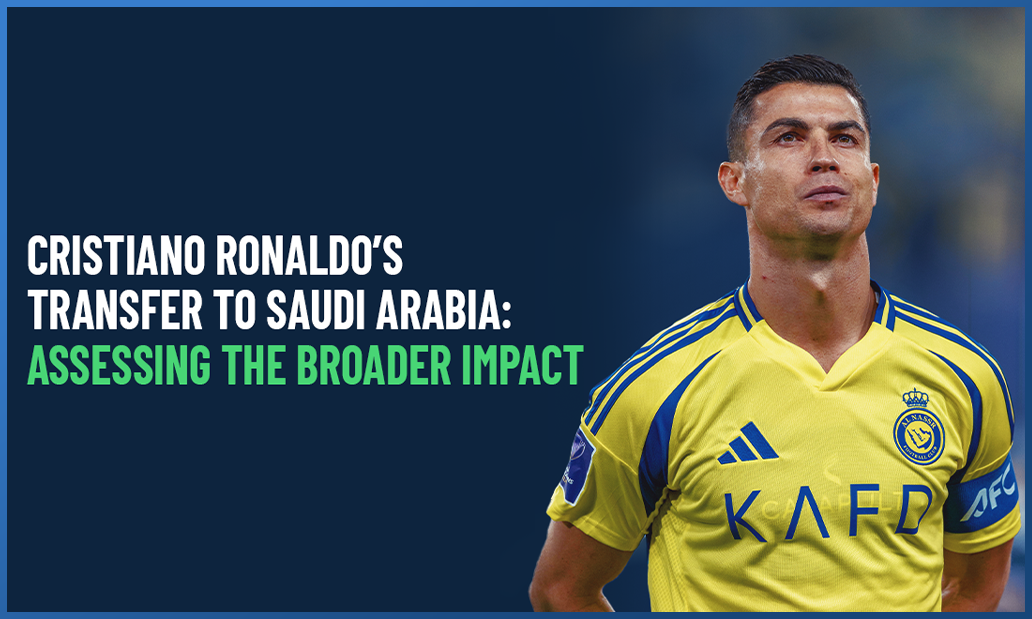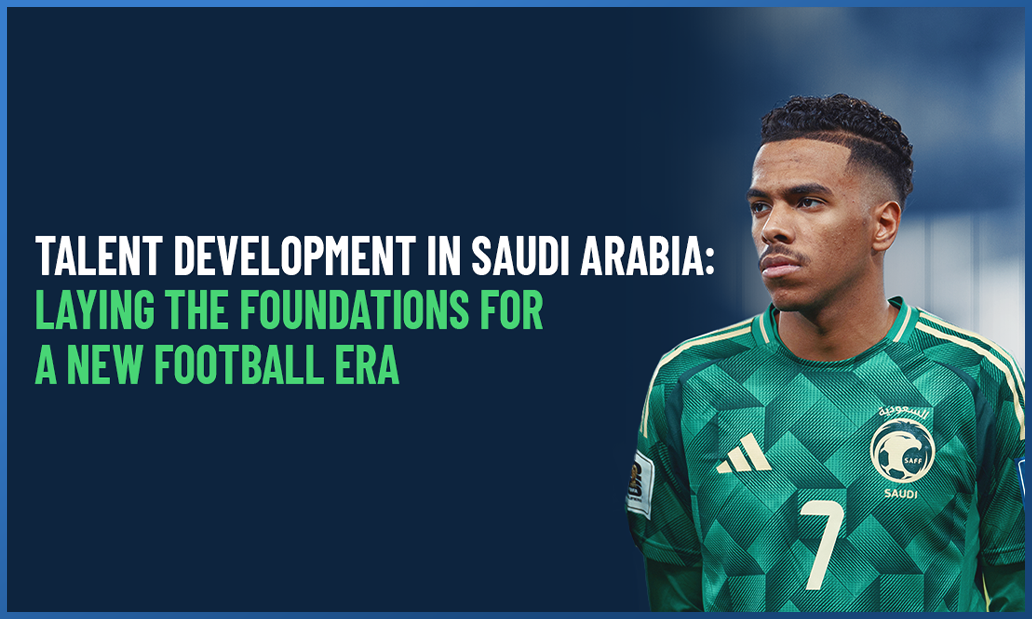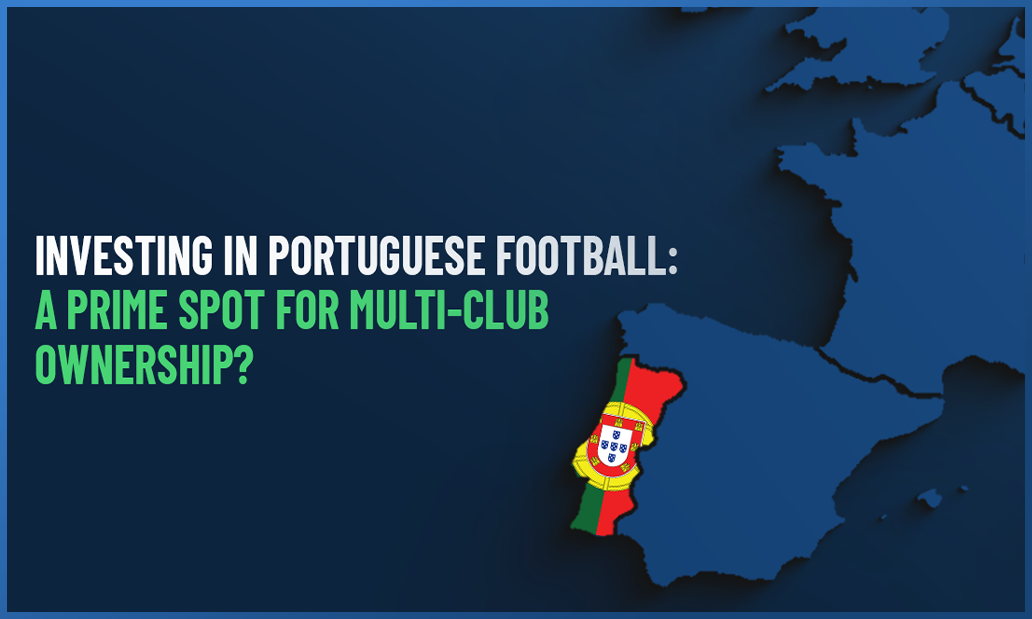
In today’s football industry, high-profile player transfers are increasingly evaluated not only on sporting grounds but also through their commercial and strategic implications. A player’s ability to drive sponsorship interest, generate global media attention, boost merchandise, and ticket sales has become central to measuring transfer value.
Marquee transfers in recent times — such as Neymar’s move to Paris Saint-Germain, Lionel Messi’s post-Barcelona journey, or Cristiano Ronaldo’s transfer to Juventus — have all been assessed through this multi-dimensional lens. Yet, Ronaldo’s move to Al-Nassr in December 2022 stands apart — not merely as a sporting acquisition, but as a catalyst for a broader transformation in Saudi Arabian football and, more broadly, its national positioning.
When asked about his motivation, Ronaldo remarked: “I’m here to win. To win trophies, to make Al-Nassr better, to make the Saudi Pro League better, change the culture.” This article examines the breadth of CR7’s impact — extending the analysis well beyond football economics and on-pitch performance.
Elevating Al-Nassr and Repositioning the Saudi Pro League
Ronaldo’s arrival had an immediate and measurable impact at the club level. Before his signing, Al-Nassr was the third most-followed club in the Saudi Pro League (SPL), trailing Al-Hilal and Al-Ittihad, and 74th globally. The club’s digital presence surged from under 5.2 million followers—on par with Real Betis (Spain) and Club Alianza Lima (Peru)—to over 57.5 million by March 2025. Al-Nassr are now the 2nd most followed club outside Europe behind Brazilian club CR Flamengo. They are now also among the global Top 20 by followership, closely accompanied by the likes of Inter Milan, Borussia Dortmund or AS Roma, signalling how far they have come in terms of visibility and popularity.
The player’s influence on Al-Nassr’s digital footprint is particularly notable when compared with other high-profile transfers of recent years. In the summer of 2023, Lionel Messi and Neymar Jr.—both global icons with extensive social media reach—departed Paris Saint-Germain FC to join clubs in emerging football markets: Inter Miami CF and Al-Hilal SFC, respectively. An analysis of social media follower growth one month and one-year post-transfer reveals that Cristiano Ronaldo’s move to Al-Nassr generated a higher increase in followers than the combined impact of Messi and Neymar over both time periods.
This spike in digital engagement was accompanied by a broader surge in global interest in the SPL. Google search data comparing the opening month of the 2022/23 and 2023/24 seasons shows a dramatic rise in search volumes. In most countries, search interest in the SPL increased more than 30-fold year-on-year. Moreover, search data suggests the league has started to occasionally match or even outperform major European competitions — including Serie A, Ligue 1, and the Bundesliga — in several international markets. Although starting from a relatively low base, these trends suggest a clear shift in the league’s relevance and perceived credibility on the global stage.
Catalyst for Player Migration and League Growth
Ronaldo’s influence extended beyond visibility metrics to player perception — a less tangible but equally significant area of impact. His arrival provided the SPL with immediate credibility and momentum at a critical juncture, helping to position the league as a viable destination for top-tier talent.
Following his signing, SPL clubs launched an ambitious recruitment drive, attracting players such as Karim Benzema, Neymar, Sadio Mané, N’Golo Kanté, and many others — several of whom explicitly referenced him as a factor in their decision.
“I believe Cristiano Ronaldo started all of this, and everybody called him ‘crazy’... Today, you see the league grow more and more” - said Neymar, reflecting on Ronaldo’s direct impact on growing the league’s talent pool and star power. Sadio Mané, equally expressed: "Cristiano Ronaldo is a legend, and his presence in the Saudi league shows how ambitious the project is."
This wave of investment also significantly increased the SPL’s competitiveness. Prior to Ronaldo’s move, the average market value of Saudi first division squads, based on Football Benchmark's proprietary player valuation methodology, was well below EUR 20 million — comparable to leagues such as Serbia, Romania or South Korea. By the end of the 2023 summer transfer window, the average squad value had nearly tripled to EUR 60 million, surpassing markets such as Argentina and mid-tier European competitions like Austria and Belgium and placing the SPL just above the Turkish Süper Lig in global rankings, as well. Since 2023, the SPL has been able to retain a similarly high average squad value.
Strategic Implications Beyond the Pitch
Ronaldo’s impact also aligns with Saudi Arabia’s broader strategic objectives under its Vision 2030 framework, which aims to diversify the national economy and position the country as a leading global tourism and entertainment destination. The goal includes attracting 70 million tourists annually by the end of the decade.
“Today, Saudi Arabia is the largest investing destination in the tourism sector,” noted Fahd Hamidaddin, CEO of the Saudi Tourism Authority.
A key challenge in realising this ambition is reshaping international perception — particularly in markets where Saudi Arabia has not traditionally been considered a tourist destination. As part of this effort, the country’s tourism authority has formed partnerships with international sports bodies and figures — from CAF and AFC to LaLiga and Lionel Messi. Yet, few have matched the sustained, organic visibility provided by Cristiano Ronaldo.
Unlike most ambassadors, Ronaldo resides in the Kingdom with his family and regularly engages with local culture, creating ongoing moments that generate media coverage far beyond football. His “off-pitch” appearances — attending festivals, holidaying at destinations like the Red Sea and Al-Ula or engaging in family life — consistently gain mainstream global attention.
Crucially, while corporate partnerships such as the Visit Saudi’s potential sponsorship of the FIFA Women’s World Cup 2023 attracted controversy, athlete-led content tends to generate more authentic and positively received engagement.
This dynamic is particularly evident in social media engagement metrics. When, in July 2024, Cristiano Ronaldo shared a post about his family trip to the Red Sea, it garnered over 16 million likes on Instagram. Based on its 2024 level of engagement, the official VisitRedSea account, which promotes one of Saudi Arabia’s flagship tourism developments and a key component of the country’s broader tourism strategy, would need 80 years to achieve the same level of exposure that Ronaldo generated in a single promotion of the tourism destination.
In August 2024, Ronaldo also launched his YouTube channel (74 million subscribers), hence he has only recently started to leverage this particular platform for marketing purposes. One of the first highlights was a visit from YouTuber MrBeast (379 million subscribers), further amplifying Saudi Arabia’s visibility to young audiences. This type of exposure is difficult to replicate through conventional marketing methods and reinforces the value of high-profile athlete engagement in supporting national branding objectives.
Conclusion: A Transfer of Multi-Dimensional Value
Cristiano Ronaldo’s move to Al-Nassr has had a tangible impact on conventional football business metrics — from sponsorship revenue (including the SPL’s largest front-of-shirt deal with KAFD) to more than doubling the club’s average match attendance. Yet, its significance extends beyond these commercial indicators.
The transfer elevated a domestic club to global prominence, catalysed the arrival of elite talent across the league, and played a visible role in Saudi Arabia’s broader efforts to reshape its international image through sport and entertainment. Ronaldo’s profile — and the sustained engagement it enables — offers a rare example of how player movement can serve as a strategic asset across multiple dimensions.
While the full long-term impact remains to be seen, early indicators suggest that this transfer marked a pivotal moment — not only for Saudi football, but for the intersection of elite sport, commercial strategy, and nation branding.


